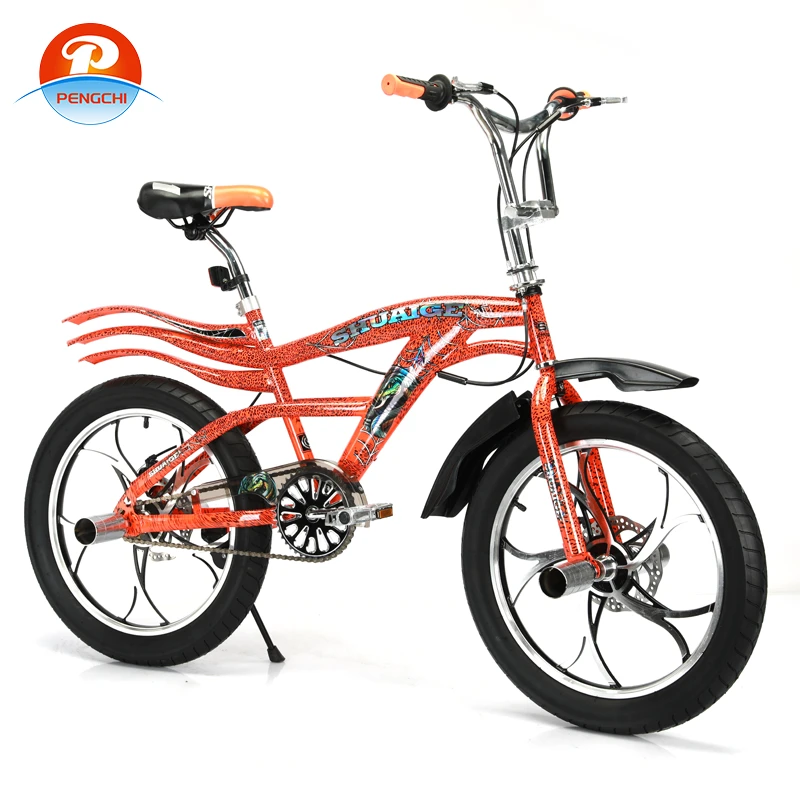9 月 . 05, 2024 18:01 Back to list
Measuring for Children's Bikes | Ultimate Guide to Sizing Junior Bicycles
Measuring for Children's Bikes A Comprehensive Guide
Selecting the right bike for a child is a crucial step in ensuring their safety, comfort, and enjoyment while riding. As children grow, their needs change, and so does their ability to handle different types of bicycles. When considering a bike for a child, measuring correctly is vital to find a suitable size that can enhance their riding experience. This article serves as a comprehensive guide to measuring for children's bikes, focusing on the essential factors to consider.
1. Understanding Bike Sizes
Bikes are typically categorized by wheel size rather than frame size. For children, wheel sizes commonly range from 12 inches to 24 inches. Generally, a child’s height determines the appropriate wheel size. For example, kids aged 2 to 4 years usually ride a bike with 12-inch wheels, while those aged 4 to 6 years may need a 16-inch wheel size. As children grow older, the wheel sizes increase, with 20-inch wheels suited for children ages 6 to 8, and 24-inch wheels for those aged 8 to 12.
2. Measuring the Child's Height
The first step in choosing the right bike is to measure the child's height accurately. This can be done using a simple wall measurement technique have the child stand against a wall with their heels touching the base, and mark their height on the wall. Use a tape measure to determine the height from the ground to the mark. With this measurement, you can reference bike size charts available from manufacturers, ensuring you choose a bike that fits their height.
3. Inseam Measurement
measuring for children's bikes

In addition to height, measuring the inseam is crucial for determining proper bike size. This measurement indicates how far the child can comfortably reach the pedals. To measure inseam, have the child stand barefoot against a wall with their feet shoulder-width apart. Use a hardcover book held firmly against their crotch, then measure from the top of the book to the floor. This inseam measurement helps determine the standover height of the bike. When sitting on the bike, the child should be able to straddle the top tube with a few inches of clearance for safe dismounting.
4. Test Riding the Bike
Once you have a selected bike size, it's essential to have the child test ride the bike before making a final purchase. Ensure the child can touch the ground with their feet while seated, making it easier for them to balance and stop. The bike should allow them to comfortably reach the handlebars and operate the brakes without straining.
5. Adjustability and Growth
Children grow quickly, so consider bikes with adjustable seat heights and handlebars. This feature prolongs the bike’s usability and allows for adjustments as the child grows. A bike that can adapt to the child's development is a smart investment.
Conclusion
Finding the right bike for a child involves more than just picking a model that looks appealing. Properly measuring for wheel size, height, and inseam ensures that the bike is safe and comfortable, contributing to a positive riding experience. By following these guidelines, parents can help their children enjoy the world of cycling, fostering skills and confidence along the way. Remember, a well-fitted bike can significantly enhance a child’s enjoyment and safety while riding.
-
Toy Car with Parental Remote - Safe Electric Ride-On Car with Parental Control
NewsJun.10,2025
-
Cheap Bikes for Students - Affordable & Durable Student Bicycles Online
NewsJun.10,2025
-
Children Balance Bike Lightweight & Adjustable OEM Designs
NewsMay.30,2025
-
Junior BMX Race Bikes Lightweight, Durable & Speed-Optimized
NewsMay.30,2025
-
21-Speed Foldable Gear Cycle Compact & Portable Commuter Bike
NewsMay.30,2025
-
Affordable & Durable Bikes for Students Campus Commutes Made Easy
NewsMay.29,2025



